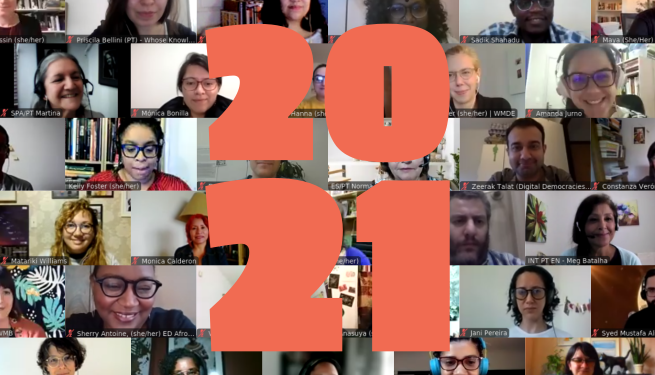Development of Adverse Outcome Pathway for PPARγ Antagonism Leading to Pulmonary Fibrosis and Chemical Selection for Its Validation: ToxCast Database and a Deep Learning Artificial Neural Network Model-Based Approach
Por um escritor misterioso
Descrição

Integrative Data Mining Approach: Case Study with Adverse Outcome Pathway Network Leading to Pulmonary Fibrosis

Development of Adverse Outcome Pathway for PPARγ Antagonism Leading to Pulmonary Fibrosis and Chemical Selection for Its Validation: ToxCast Database and a Deep Learning Artificial Neural Network Model-Based Approach

AOP-Wiki
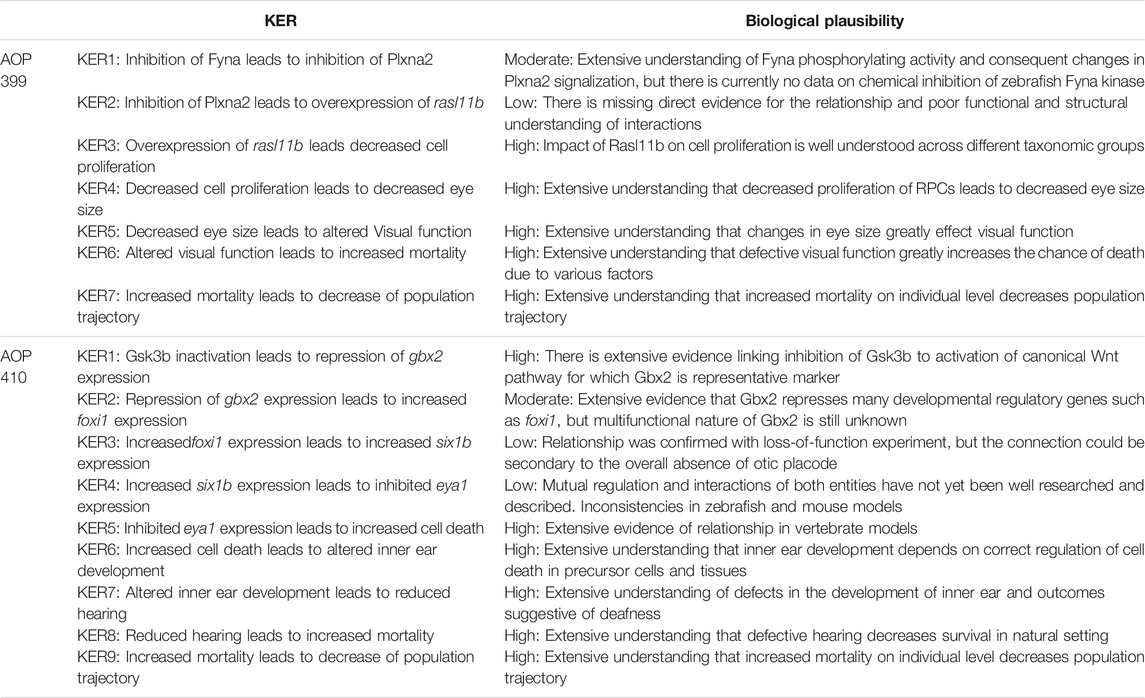
Frontiers From Causal Networks to Adverse Outcome Pathways: A Developmental Neurotoxicity Case Study

Exploring the potential of ToxCast™ data for mechanism-based prioritization of chemicals in regulatory context: Case study with priority existing chemicals (PECs) under K-REACH - ScienceDirect

Development of Adverse Outcome Pathway for PPARγ Antagonism Leading to Pulmonary Fibrosis and Chemical Selection for Its Validation: ToxCast Database and a Deep Learning Artificial Neural Network Model-Based Approach

PPARγ agonists inhibit TGF-β induced pulmonary myofibroblast differentiation and collagen production: implications for therapy of lung fibrosis
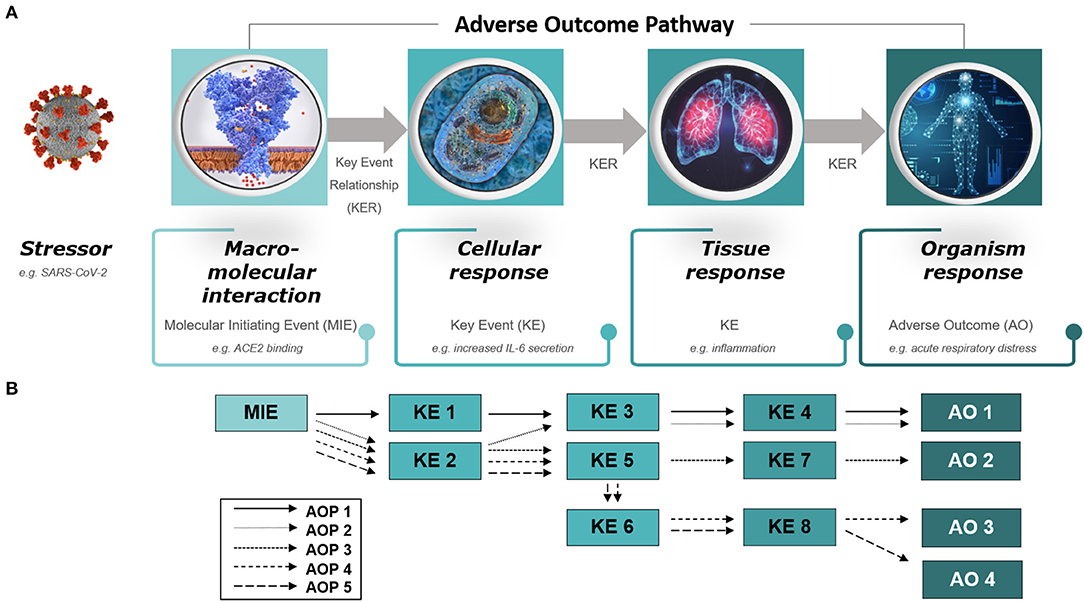
Frontiers Systematic Organization of COVID-19 Data Supported by the Adverse Outcome Pathway Framework

Frontiers From Causal Networks to Adverse Outcome Pathways: A Developmental Neurotoxicity Case Study
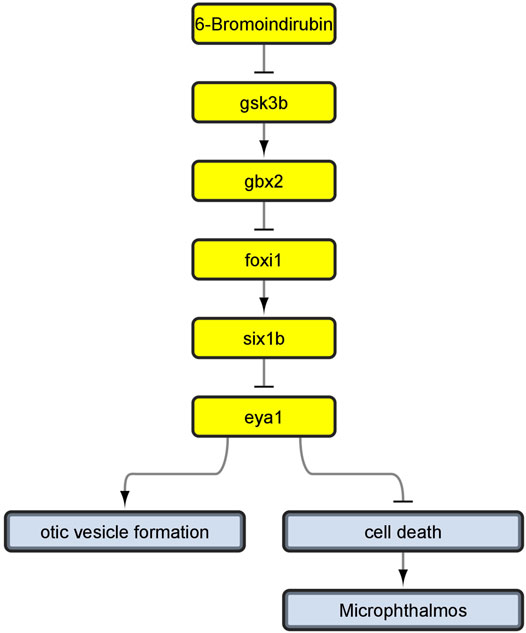
Frontiers From Causal Networks to Adverse Outcome Pathways: A Developmental Neurotoxicity Case Study

AOP-Based Machine Learning for Toxicity Prediction
de
por adulto (o preço varia de acordo com o tamanho do grupo)

